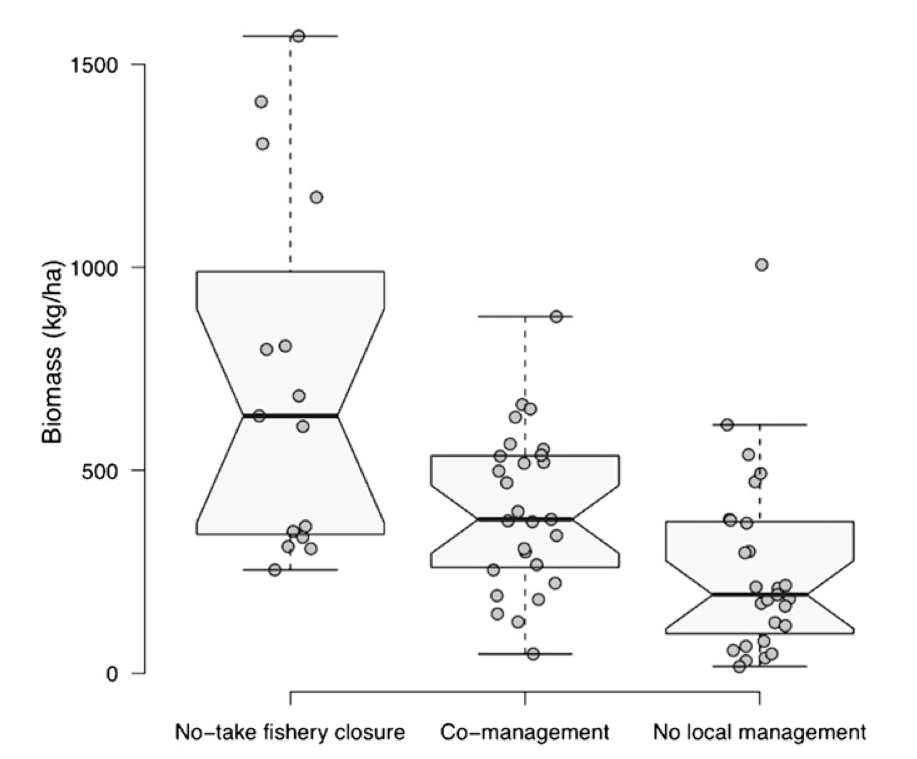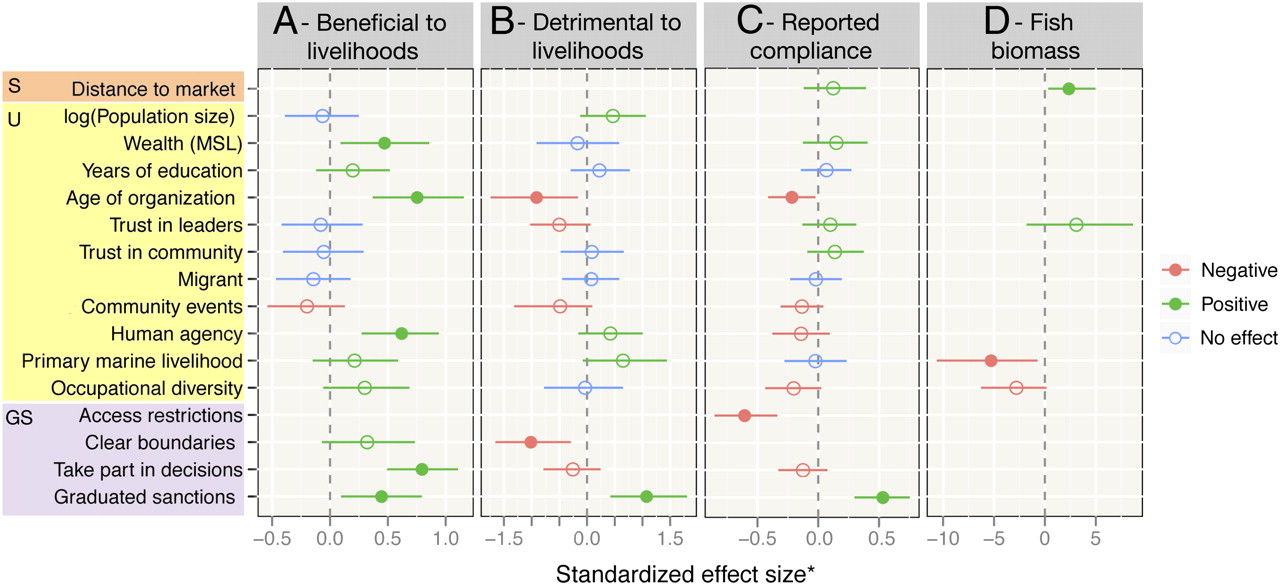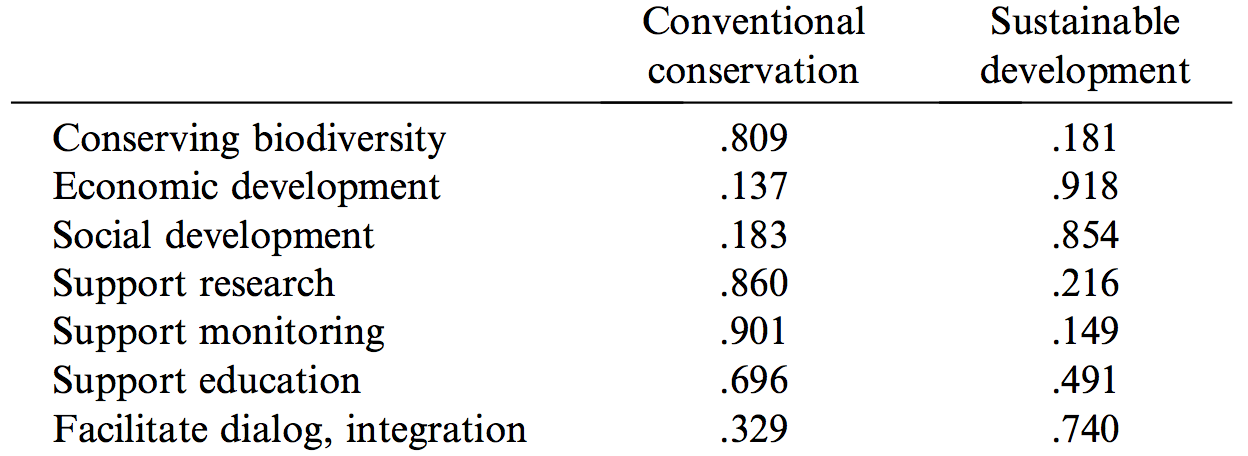Participatory approaches
In the last decades, the participation-paradigm has grown in research, policy and practice of management and governance. This idea is also closely linked to the concepts of co-management and collaborative governance. The main goals of participation includes:
- Alignment of goals
- Providing conflict resolution arenas
- Understanding options and outcomes and the links between these
- Increased potential for innovation
- Increased legitimacy of institutions and compliance
Participation is a process that requires solutions to be seen as experiments that need to be repeatedly evaluated, refined and re-implemented. In order to meet the goals of the participatory approach it is most efficient to engage not only stakeholders that have some kind of interactions with the resource in question, but also to involve people or groups from multiple levels of legislative bodies. Often, the process is further facilitated by bridging organizations with the intention to make these connections.
However, there are also arguments against: participation might also lead to increased confrontation or polarization if mismanaged and slow down decision making. Resource or time rich agents can hijack the process. Scientific knowledge can be diluted. What are the criteria for inclusion in the process, e.g. how to involve stakeholders that are recipients of diffuse externalities?
Ultimately, the process of stakeholder participation is a democratic question and also subject to its benefits and problems.
Evidence for a working paradigm?

The participatory approach is a process applied to a complex system. As alluded to above, both positive and negative effects can be anticipated as part of this process. While rigorous analysis of the success or failure of this approach are still scarce, we will here look at some of the available data. In an important study by Joshua Cinner et al. (2012) where 42 comanagement arrangements in artisanal fisheries across five countries were evaluated. Importantly, both ecological and social factors were included in this study. In the figure to the left they compare standing biomass in no-take fisheries closures, comanaged fisheries, and sites with no local management. Levels of fish biomass are demonstrably higher in comanaged areas than in comparable open-access reef fisheries, but no-take fishery closures have the highest expected biomass. When looking at the social side of comanagement the picture becomes more diverse:

In conclusion, this study showed that: (i) comanagement is largely successful at meeting social and ecological goals; (ii) comanagement tends to benefit wealthier resource users; (iii) resource overexploitation is most strongly influenced by market access and users’ dependence on resources; and (iv) institutional characteristics strongly influence livelihood and compliance outcomes, yet have little effect on ecological conditions.
Man and the Biosphere
In another study by Schultz et al. (2011) a survey of 146 (!) biosphere reserves in 55 countries were analysed. Biosphere reserves are coordinated by the UNESCO Man and the biosphere program. They are institutional arrangements that promote conservation of biological and cultural diversity as well as environmentally sustainable economic and socio-cultural development. In short, a biosphere region is focused around a highly valuable natural asset with zones of core protection, buffer and transition that benefit from each other socioeconomically while increasing the understanding and value of the core. In the survey, they asked the respondents to reflect on the effectiveness of both ecological and socioeconomic outcomes.

Effectiveness of conventional conservation was positively affected by participation of scientists, but negatively affected by participation of volunteers. Effectiveness in sustainable development goals was associated with participation by local inhabitants. Adaptive co-management practices were associated with a higher level of effectiveness in achieving development goals, and this higher effectiveness did not seem to be at the expense of biodiversity conservation.
To conclude, participation has had a huge increase in use as a policy tool and most evaluations point to an overall positive impact. However, the protocol of this process is still in development and the learning process itself may affect relevant stakeholders at all levels to become more accustomed to implementing these. Scientifically, there is still much to understand in this complex undertaking.
References
Cinner, J. E., McClanahan, T. R., MacNeil, M. A., Graham, N. A. J., Daw, T. M., Mukminin, A., … Kuange, J. (2012). Comanagement of coral reef social-ecological systems. Proceedings of the National Academy of Sciences of the United States of America, 109(14), 5219–22. doi:10.1073/pnas.1121215109
Schultz, L., Duit, A., & Folke, C. (2011). Participation, adaptive co-management, and management performance in the world network of biosphere reserves. World Development. Retrieved from http://www.sciencedirect.com/science/article/pii/S0305750X10001877
Contributors
Jon Norberg
Leave a Comment